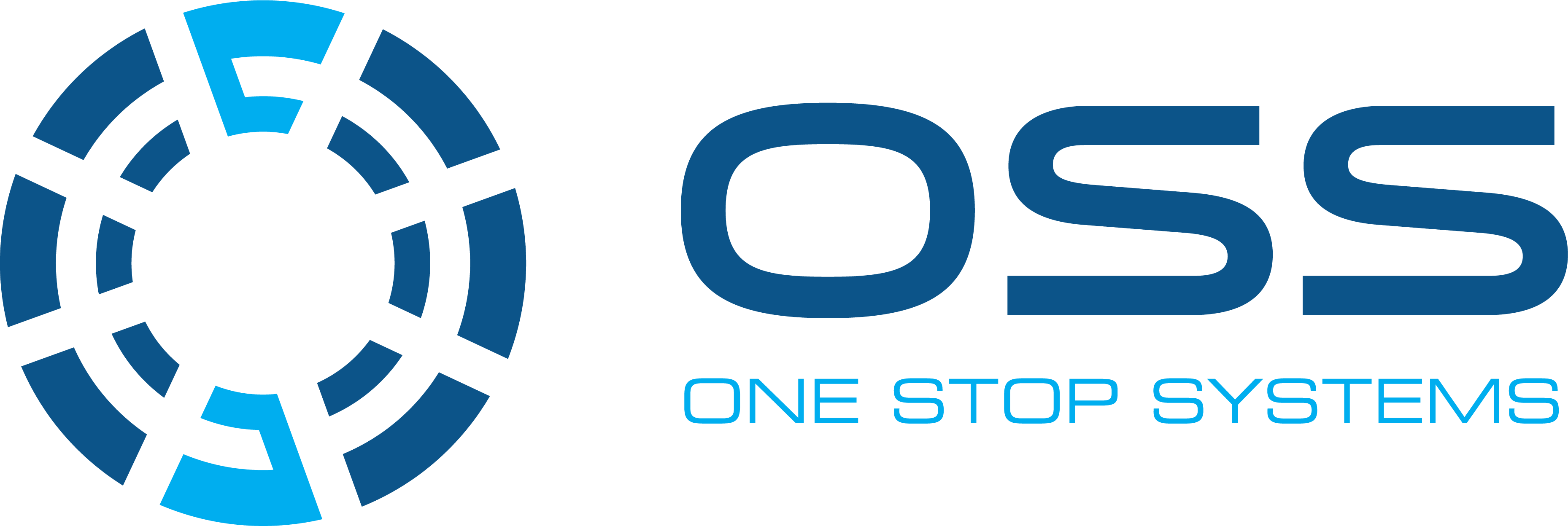Sponsored Post
By Tim Miller, Vice President of Product Marketing at One Stop Systems
Whether surviving in a fast-moving battlefield situation, protecting sensitive industrial or transportation hub assets, or ensuring uninterrupted operation of critical national infrastructure, intelligent long-range surveillance is critical. The ability to provide 24/7 remote long range threat detection and situational awareness coupled with human-machine control allows for the fast and appropriate threat response that is fundamental to addressing these security imperatives.
The three key technical elements of these solutions are all experiencing rapid improvements in capabilities. Advances in camera sensor technology, AI algorithms and high-performance transportable edge computing all play a role in keeping our country’s infrastructure, industry and military safe and secure.
A typical solution consists of a network of long-range surveillance cameras attached to very high-performance rugged edge computing subsystems which house the sophisticated AI software that can turn the vast amount of sensor data generated into actionable intelligence.
High end long-range cameras such as the Infinite-Vega provide extraordinary capabilities in providing huge amounts of data across a wide range of electro-optical and infrared spectrums at very long range, up to 20 miles, and in all weather conditions. These cameras can be remote controlled and are designed for year-round operation in harsh environments. They operate through smoke, fog or complete darkness. They include high precision range finder capability and are designed to MIL-STD-810F for shock, vibration, extreme temperatures.
The challenge is taking the raw output from these immensely powerful multi-spectrum sensors and enabling real time threat response. This is where the AI algorithms come in. Today, sophisticated object identification is performed when applying powerful processing techniques to these data streams. The accuracy of these algorithms increases constantly and often reaches 98% accuracy with a limited set of pixels of data for each object. With this capability, potential threats are detected, classified, and tracked within seconds with instructions and warnings provided to appropriate personnel. With this information, a situational awareness map is automatically created and continually updated. The situation map is monitored in real time for anomalies that would indicate required action.
The capabilities of AI are becoming well appreciated but delivering this in situations that require near real time response means that powerful computing hardware must be deployed in the same environment as the camera sensors themselves. This means meeting the same military grade standards for shock and vibration and weather but also providing levels of computing capability typically associated with datacenter clean rooms.
The hardware must provide appropriate interface to the cameras allowing for full data rates and needs to store the high-speed raw data efficiently and with low latency. These requirements necessitate the latest NVMe storage technology and the ability take advantage of low latency NVMe-over-Fabric protocols. Often the compute engines in these systems are GPUs and critical data must move directly to the GPU memory without being bottlenecked by the host processor. In the field, the incoming data needs to be processed in real time using the inference AI algorithms and model retraining is performed on the fly, without time for datacenter interaction. Often, the data also needs to be stored in high capacity removeable media which can be transported quickly to remote processing centers in an efficient and secure way. This data can then be used to refine AI models for future deployments.
The hardware also needs to support the AI software environment often including a Linux operating system, containers, Kubernetes, CUDA, and deep learning frameworks like Tensorflow. The compute engines are typically state of the art high end multi-GPU complexes that come with massive performance but often require 1000’s of watts of power. This power requirement drives incredibly hard cooling problems for deployment at the edge in often size constrained chassis.
The use case described is a typical AI transportable application. It can be deployed stationary on land but also in mobile vehicles as well as at sea and in airborne applications. The hardware must be able to handle this range of environments each potentially with its own power input and space, weight, and center of gravity constraints.
OSS has focused its AI on the Fly® portfolio of solutions targeted specifically at AI Transportable applications such as this long-range surveillance application. AI on the Fly solutions utilize the latest high-performance technology including CPUs, GPUs, NVMe storage, and high-speed data acquisition technology all interconnected with PCIe Gen 4. OSS also provides its Ion Accelerator® Software stack for NVMe-oF, GPU Direct and GPU Direct Storage supporting disaggregated flexible modular rugged edge solutions. OSS’ AI on the Fly solutions target deployment outside traditional datacenter environments at the edge. These are harsh and rugged environments, and in many cases, solutions must meet unique criteria for shock and vibration, humidity, altitude, and large operating temperature ranges. For more information about OSS’ AI on the Fly PCIe Gen4 product portfolio used in AI Transportable markets, visit: www.onestopsystems.com.




